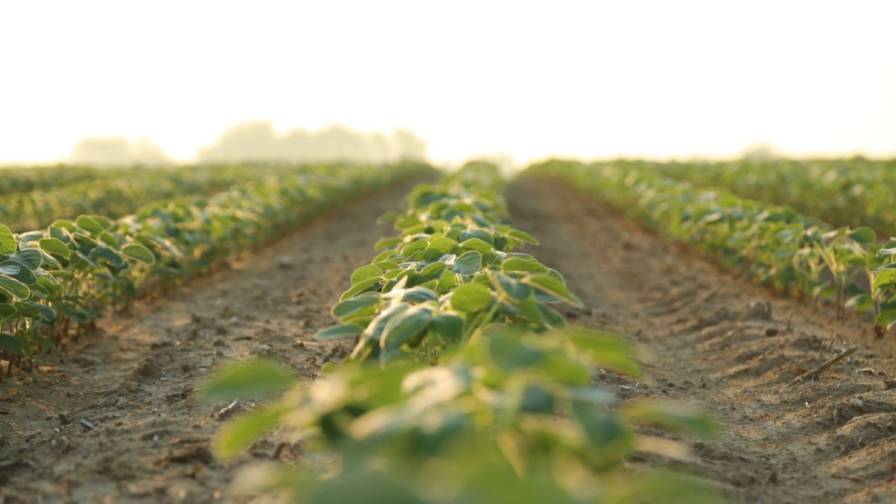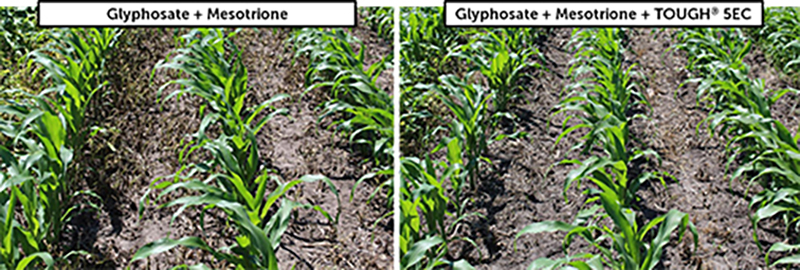Looking Ahead to the Future for Ag Retail
About one month before the end of 2022, more than 650 attendees gathered in San Diego, CA, for the annual Agricultural Retailers Association (ARA) meeting. Although the organization spent some time looking backward — since it was celebrating its 30th anniversary — much of the event was focused squarely upon what the future holds for the industry. Indeed, ARA Board Chair Ian McGregor of The McGregor Co. said as much to those gathered for his conference introduction.
“As trends like consolidation and technological innovation continue to change the dynamics of our industry, we must be looking ahead to collect the critical tools and knowledge needed to meet the needs of farmers for years to come,” McGregor said.
Daren Coppock, ARA President/CEO, reiterated this point, referring to geopolitical forces now affecting the entire globe. “Our industry cannot escape the impact of the war in the Ukraine and other geopolitical events,” Coppock said. “While we are already experiencing challenges stemming from the conflict, it was eye-opening to hear more about what the future may hold for agriculture.”
One of the keynote ARA 2022 speakers looking specifically at the future for the ag retail marketplace was Ken Zuckerberg, Lead Industry Analyst for CoBank. Zuckerberg reviewed key issues facing today’s ag retailers. This included long-time challenges such as labor shortages and several newer ones, like production/demand/transportation system shocks and energy market volatility. All these are building up, and will likely impact ag retailers over the next few years, he predicted.
“Input retailers and farm supply cooperatives are facing business model risk, which we believe will become more apparent during the next crop cycle downturn — whenever that occurs,” Zuckerberg said.
He also pointed out that traditional business partnerships were under a strain as well. “Disruptive forces and market volatility are stressing existing customer relationships,” he said. “Next generation farmers have different needs and preferences.”
Looking ahead, Zuckerberg described the anticipated timeline for the future of ag retail. “The disruption happened in 2022, with crop income still positive but margins being compressed,” he said. “This will be followed by an eventually crop cycle downturn, with reduced equipment purchases and nutrient applications and switching to cheaper seed and crop protection products.”
After that, the industry can expect a new wave of grower consolidation, leading to a reconstruction phase that will likely appear by 2027. “This is when there will be a retailer business model transformation taking place,” Zuckerberg said. “Here, you will see consolidation of low margin operators, strategic combinations and partnerships, and possibly input retailers combining operations with equipment dealers.”
Then, by 2032, the industry will enter a renewal phase, where new business models and paradigm market shifts will take place. “The ag retail market might split into various groups,” he said. “There would be large full-service retailers, regional innovators/specialists, independent advice providers that are asset light, specific product-only sellers and logistics providers, and next generation service providers specializing in ag tech and partnerships.”






